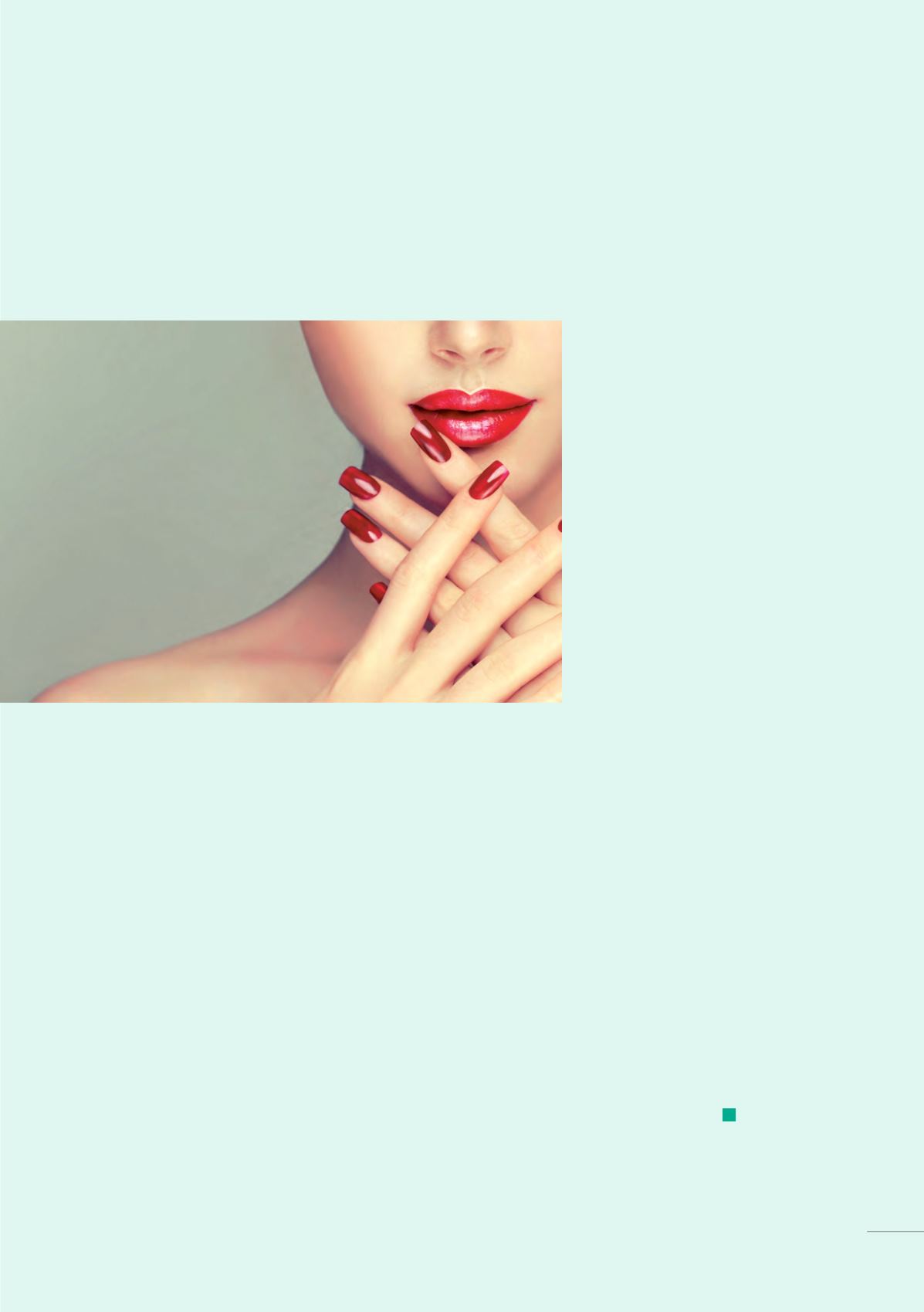
91
Russia - France
R
ussian women are very much
involved in their choices of cos-
metics’, said Matthieu Gomart,
the General Manager of the Yves Rocher
Group in Russia, in this issue of
Cahiers
d’Échanges Internationaux.
France is
among the main suppliers of Russia in
this field and has an excellent image
there. All the major brands are repre-
sented in the Russian market but there
are still many opportunities. In Russia,
the percentage of imported products
is still very high, accounting for 59 %
of the market; French companies, such
as LVMH, L’Oréal, Pierre Fabre, Sisley,
Caudalie and Yves Rocher, greatly bene-
fit from this
(1)
. As an example, in 2017,
the French corporation Louis Vuitton
Moët Hennessy acquired all of the
Russian cosmetic and perfume store
chain Île de Beauté, which is one of the
largest in Russia. With LVMH, the
Russian network has been able to
continue its national development by
creating new trends and innovations in
the world of beauty, as the website of
the Russian newspaper RBC reported
on 10 January 2017.
However, since the end of 2014, with
the significant fall in the rouble, we
have seen growing production of
cosmetics in Russia. Local manufac-
turers are becoming more and more
competitive in hair, body and face
care, and are mainly positioned in
entry level and mid-range products.
A few brands, such as Natura
Siberica, are really successful,
enabling them to open stores inter-
nationally. However, consumers are
still loyal to foreign brands, especially
for perfumes and makeup
(1)
.
A few keys to entering the Russian
market
The main distribution circuit for
cosmetic products in Russia consists
of perfume stores and drugstores
(38.5 %), followed by direct sales
(20 %), food supermarkets (9 %),
pharmacies (8%), professionals (6 %)
and e-commerce (4 %), which is
constantly growing
(1)
. Specialized
distribution is dominated by three
major chains of perfume stores,
which have hundreds of outlets all
over the country: Rive Gauche,
L’Étoile and Île de Beauté. Together,
they account for nearly 70 % of the
market. As Business France advises,
it is essential to have a local partner,
to set up your business and enter the
market in the best possible condi-
tions. The retailer represents the
brand in the field, participates in the
certification and importing of pro-
ducts and also carries out marketing
and distribution all over the country,
and often in the neighbouring coun-
tries, through their own networks or
through sub-distributors
(1)
.
Business France advises companies
to have exclusive distributors even if
a brand can have various distributors
for different circuits, such as perfume
stores, pharmacy chains and profes-
sionals. Customs duties are between
8.6 % and 9 %, according to catego-
ries, and value added tax is at 18%.
It should be noted that a meeting is
scheduled about this issue this
autumn. The new growth drivers of
the Russian cosmetics market will be
discussed at the Connect Retail
Summit, which will take place during
the InterCharm trade show in
Moscow from 24 to 27 October 2018.
At the heart of the discussions will be
trends in the perfume and cosmetics
market and the latest progress in
cosmetic medicine
(2)
.
Since2006, theRussian beautymarket (beauty treatment, cosmetics, etc.) has been growing dynamically.
Sales of cosmetics in Russia reached 10.7 billion euros in 2016, a 6 % increase in one year
(1)
.
Beauty
is an expanding market
‘
Sources: (1): Business France market file 2018 ; (2):
©Sofia Zhuravetc - AdobeStock


